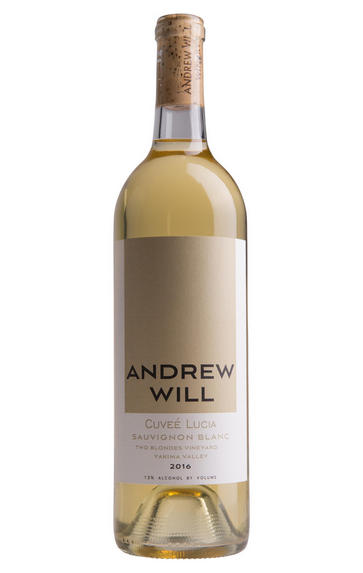
2016 Andrew Will, Cuvée Lucia, Two Blondes Vineyard Sauvignon Blanc, Yakima Valley, Washington State, USA
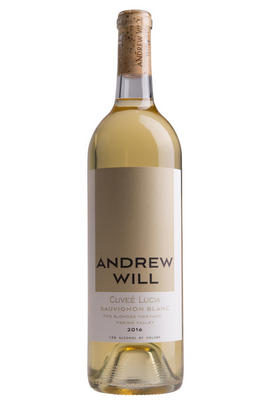
About this WINE
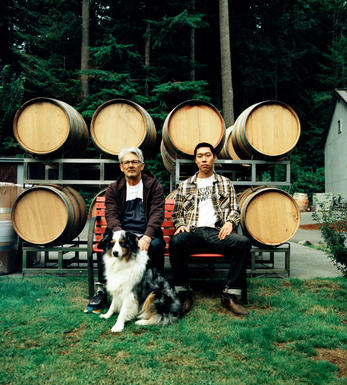
Andrew Will Winery
Andrew Will Winery was started in 1989 by winemaker Chris Camarda and is now run by his son Will Camarda.
The winery was launched out of a love for wine that Chris had developed while working in the restaurant trade for almost 20 years. Named after the Camardas’ son Will and nephew Andrew, Andrew Will has been a major contributor to the success and notoriety in recent years of Washington State wines.
Initially, the winery consisted of 900 square feet of rented industrial space in Seattle. In 1994, the Camardas moved to Vashon Island, a short ferry ride from Seattle, where they built the present winery. The fruit, however, comes from the mainland, across the Cascades in eastern Washington, where all the significant vineyards lie in the rain shadow of the mountains.
Klipsun and Ciel du Cheval vineyards are adjacent on the loam and gravel soils of Red Mountain but produce different styles of wine. Klipsun makes massive, opulent wine to appreciate early. Ciel du Cheval possesses a slightly more tannic structure and great ageing potential. Sorella is a classic Bordeaux blend, made up with mainly Cabernet Sauvignon from Mercer Estate, along with some Cabernet Franc and Merlot from Ciel du Cheval, with the exact blend varying from year to year.
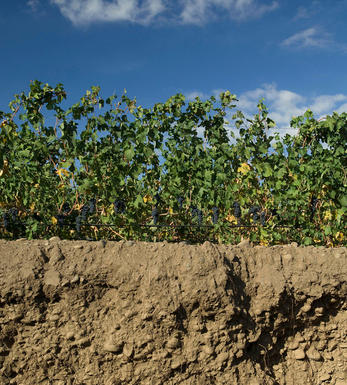
Washington State
Washington State is the United State’s second-largest wine region, second only to California. The first grapes were planted here in 1825, though it wasn’t until 1960 that the first commercial vineyards were planted.
The state has 20 American Viticultural Areas (AVAs). The first, Yakima Valley, was established in 1983. Columbia Valley AVA is the largest; the region is shared between Washington and neighboring Oregon. Other notable AVAs include Walla Walla Valley, Puget Sound, Red Mountain, and Horse Heaven Hills.
Washington’s largest producer, Chateau Ste. Michelle was founded in 1967. Today, there are over 1,000 wineries in the state, along with over 400 winegrowers. Among the leading producers here are Cayuse Vineyards, Horsepower Vineyards, and Hors Catégorie Vineyards.
A wide range of grape varieties is grown here, with Cabernet Sauvignon the most widely planted, followed by Chardonnay, Riesling, Merlot, and Syrah.
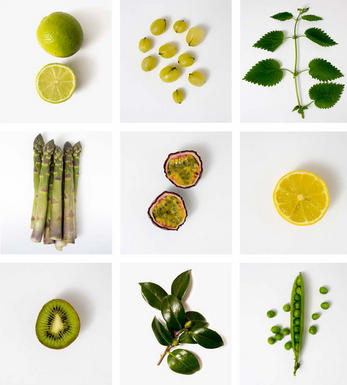
Sauvignon Blanc
An important white grape in Bordeaux and the Loire Valley that has now found fame in New Zealand and now Chile. It thrives on the gravelly soils of Bordeaux and is blended with Sémillon to produce fresh, dry, crisp Bordeaux Blancs, as well as more prestigious Cru Classé White Graves.
It is also blended with Sémillon, though in lower proportions, to produce the great sweet wines of Sauternes. It performs well in the Loire Valley and particularly on the well-drained chalky soils found in Sancerre and Pouilly-Fumé, where it produces bone dry, highly aromatic, racy wines, with grassy and sometimes smoky, gunflint-like nuances.
In New Zealand, Cloudy Bay in the 1980s began producing stunning Sauvignon Blanc wines with extraordinarily intense nettly, gooseberry, and asparagus fruit, that set Marlborough firmly on the world wine map. Today many producers are rivalling Cloudy Bay in terms of quality and Sauvignon Blanc is now New Zealand`s trademark grape.
It is now grown very successfully in Chile producing wines that are almost halfway between the Loire and New Zealand in terms of fruit character. After several false starts, many South African producers are now producing very good quality, rounded fruit-driven Sauvignon Blancs.


Buying options
Add to wishlist
Description
Andrew Will is a Bordeaux blend specialist, which is seen here in the use of the classic Old World wine region’s signature white grape varieties: Sauvignon Blanc (85 percent) and Semillon (15 percent). Grassy, citrus aromatics are combined with a slight vanilla spice and toast that comes from some oak ageing. The acidity is searing and the Semillon provides a glycerol breadth that brings concentration and complexity.
Fiona Hayes, Wine Buyer
wine at a glance
Delivery and quality guarantee